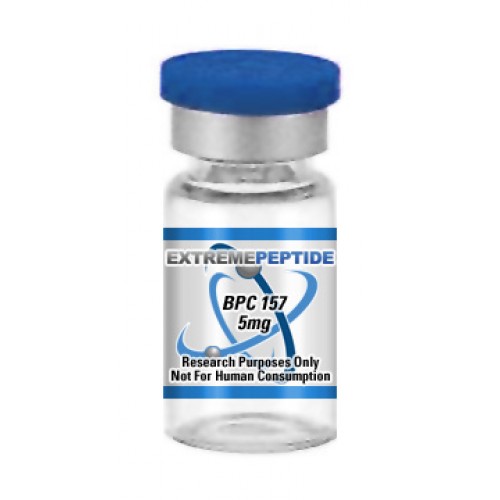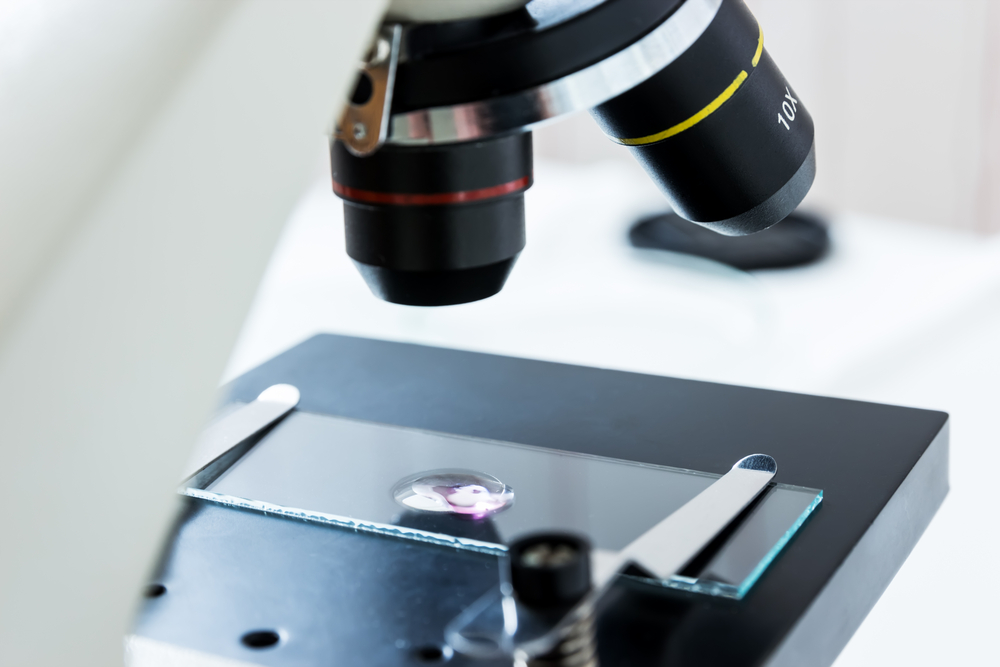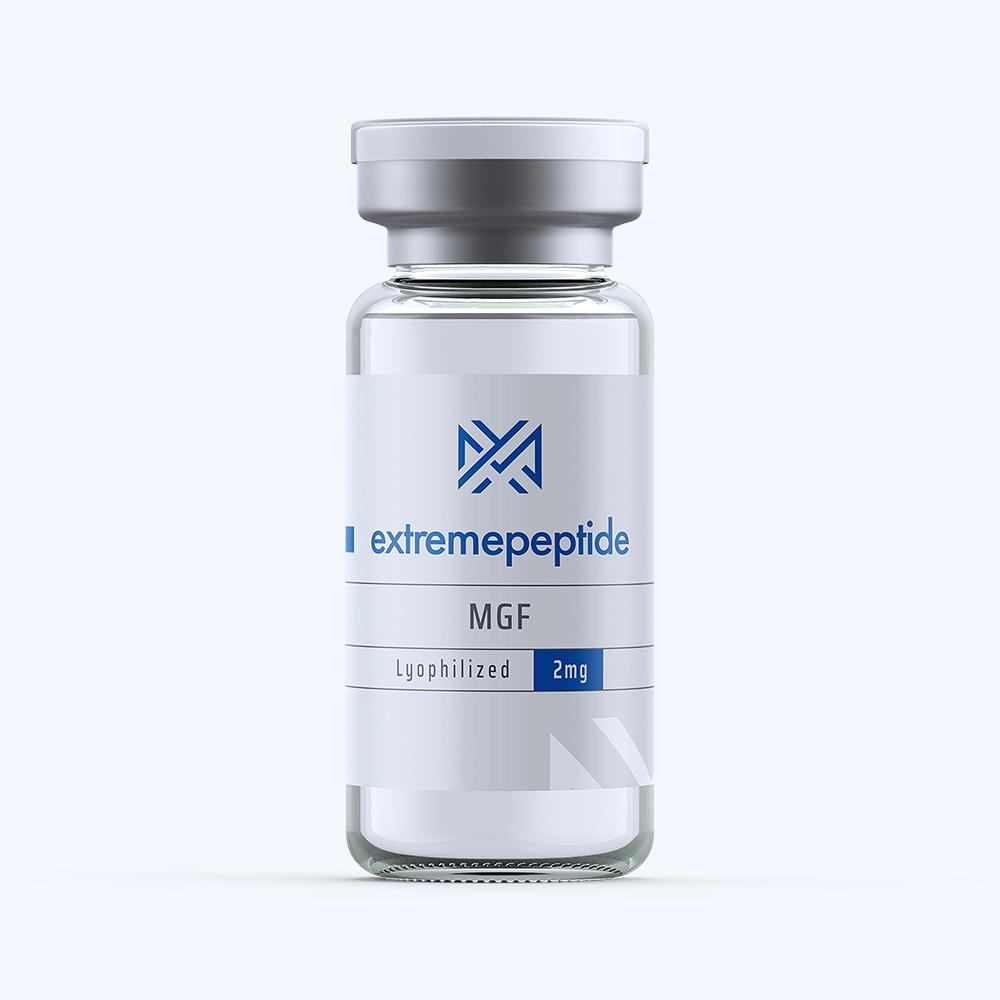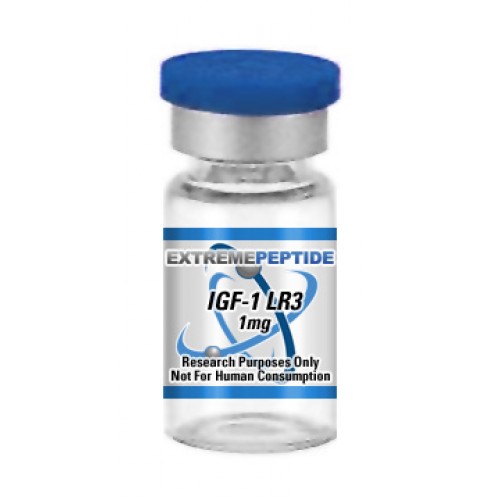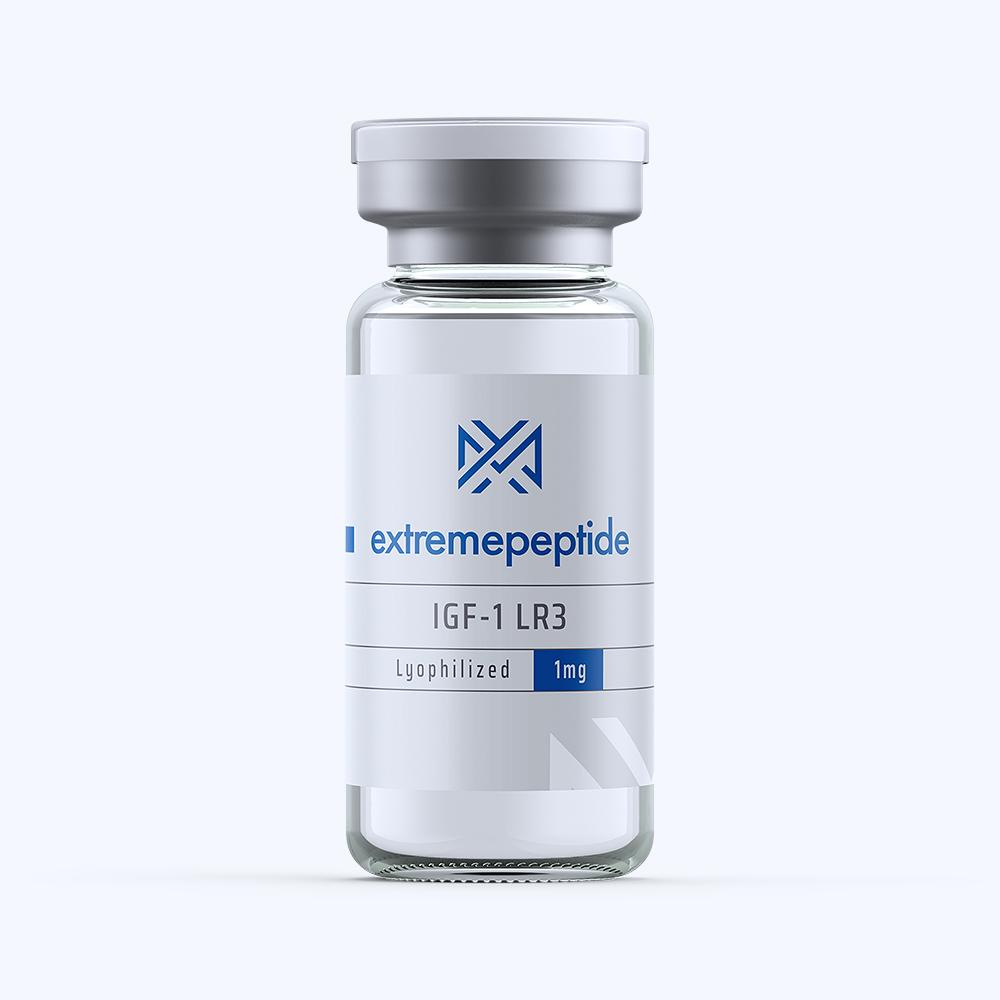BPC 157 is a peptide that is classified as a pentadecapeptide. It has a molecular formula of C62H98N16O22 and has a molecular weight of 1419.53552. Its appearance is that of a white powder, and it can go by the alternate names of Booly Protection Compound 15, BPC 15, or BPC-157. It is also comprised of 15 amino acids.
Functionality of BPC 157
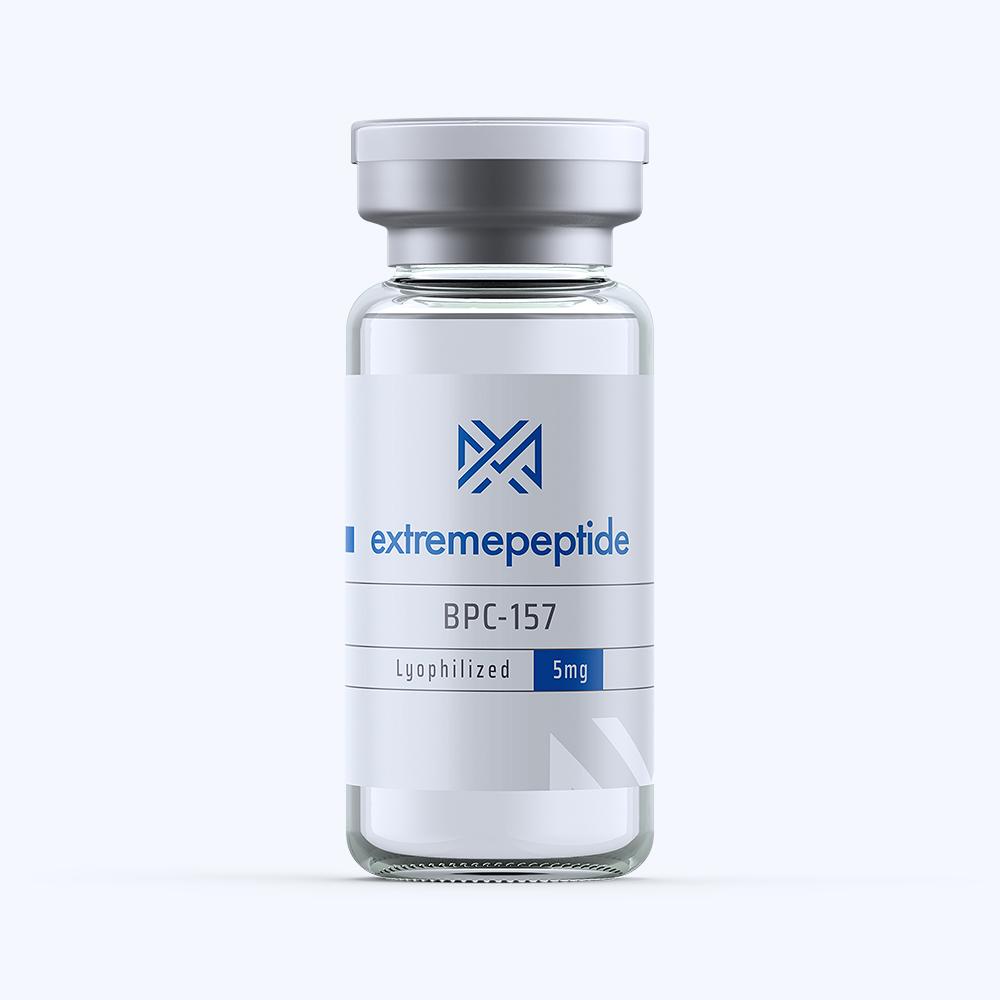
According to scientific study that has been conducted on animal test subjects, BPC 157 functions as a partial sequence of body protection compound (BPC) that can be found and isolated within gastric juices. Its primary operative is to be a regulating factor in the proper functionality of the digestive tract through its anti-ulcer peptidergic properties. It performs this type of regulatory function by protecting the thin layer of cells that line the interior surface of blood vessels. It also sets this sense of regulation by being a key component in the formation of new blood vessels from pre-existing blood cells. This process, which is known as angiogenesis, then enables the peptide to also play a vital role in the formation of the connective tissue and tiny blood vessels that are created on the surfaces of a wound during its process of healing. These regulatory properties also enable the peptide to exhibit a significant level of anti-inflammatory capabilities.
BPC 157 and Gastro-Intestinal Issues
According to scientific study conducted on animal test subjects, the anti-ulcer peptidergic and anti-inflammatory properties that is exhibited by BPC 157 have led to the theory that the peptide can be a key component in the treatment of various gastro-intestinal related issues.
Scientific study that has been conducted on lab rats has shown that BPC 157 has the capability to lower the effects of inflammatory bowel disease; a collective of complex vascular tissue responses that are connected to the colon and small intestine. These conditions include:
- Crohn’s disease – Also known as regional enteritis, this chronic inflammatory disorder can affect any part of the gastrointestinal tract from the mouth to the anus. It can cause abdominal pain, diarrhea, vomiting, dramatic loss of weight, and in some cases, anemia and arthritis.
- Ulcerative colitis – This intermittent condition features inflammation of the colon as well as characteristic ulcers or open sores. Its primary symptom is constant diarrhea mixed with blood of gradual onset.
- Collagenous colitis – This mild, intermittent condition is marked with characteristic inflammatory cells in the colon and frequent, watery diarrhea.
Additionally, scientific research conducted on animal test subjects has determined that the peptide’s anti-inflammatory properties can theoretically lessen the effects of esophagitis; a condition that is marked by the inflammation of the esophagus and, as a result of the affliction, an increased difficulty in swallowing.
BPC 157 and Dental Issues
The anti-inflammatory properties of BPC 157 have led to the theory that the peptide can be an effective ally in the battle against periodontal disease. Specifically, scientific study conducted on animal test subjects have determined that the peptide can effectively combat periodontitis; a collection of inflammatory diseases that affect the tissues and support around the teeth. Studies on laboratory rats have demonstrated the peptide’s ability to lower plasma extravasation in gingivomucosal tissue, otherwise known as the fluid leakage that may occur around the teeth when a specific region or quadrant becomes inflamed. In addition, BPC 157 has been able to demonstrate the ability to lower alveolar bone desorption; a process in which minerals such as calcium are released from bone fluid and enters into the bloodstream. Additionally, further scientific study on animal test subjects have shown that the peptide does not disrupt normal blood circulation in healthy gingival, or gums.
BPC 157 and Wound Healing
Scientific research on animal test subjects has also concluded that the peptide’s anti-inflammatory properties theoretically allow it to be an effective ally in the healing of wounds. Scientific study on rat Achillies tendons that were cut transversely (that is, transected), have demonstrated that the introduction of the peptide significantly boosted the outgrowth tendon explants. Additionally, the study also led to the determination that the peptide allows for a significantly instance of cellular survival in the wake of a wound-based trauma.
